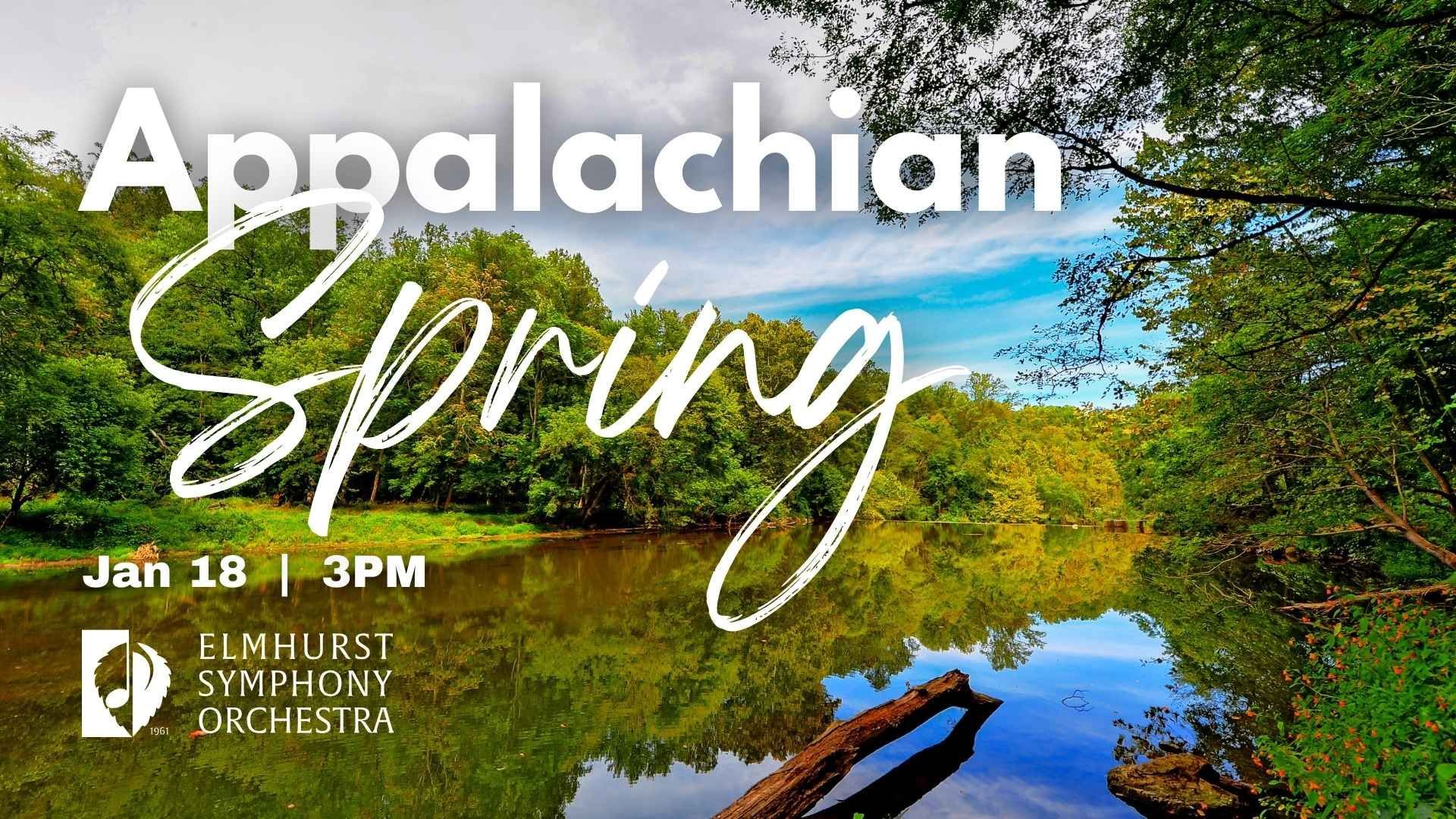Whose Music?: Looking Inward And Outward For Folk Source
Program notes for The Amazing Howard Levy on September 24, 2022
Visiting the United States from his native Bohemia (modern day Czechia), Antonín Dvořák declared that American symphonic music ought to incorporate all American music. That, of course, included African-American and Native American folk influences, then and now relegated to classical music’s margins. His comments are credited with sparking a musical renaissance in this country, though the actual story is a little more complicated—American composers were doing just fine before Dvořák, if struggling to gain an international foothold, nor was Dvořák the first to propose such a supposedly radical notion.
In any case, Dvořák was well primed to champion folk sources in concert music. After all, his homeland, long in thrall to German music, was finally doing so on a grand scale. Prague had just built its first world-class opera house, and the success of The Bartered Bride, which premiered in Prague in 1866, meant audiences all over the world were hearing Czech opera for the first time (albeit usually in a German translation).
Both developments largely owed themselves to Bartered Bride’s composer: Bedřich Smetana (1824–1884, pronounced Bedj-REEK SME-ta-na). Dvořák’s senior by twenty years, Smetana laid the groundwork for Czech musical nationalism by composing music unabashedly influenced by folk sources and advocating for the construction of Prague’s National Theater. Leoš Janáček and Bohuslav Martinů would cement and augment Smetana’s foundation, raising the profile of Czech music internationally.
The Bartered Bride was Smetana’s second of eight operas and remains his most performed. Its three acts follow typical comic opera tropes: Mařenka is in love with Jenik but has been promised to another in order to settle her father’s debt. Hijinks ensue, and to make a long but charming story short, the couple ends up happily ever after. The opera’s exhilarating overture, sourced mainly from the finale of Act II, is frequently excerpted and performed by symphony orchestras.
During the interwar period, Czech composer Jaromír Weinberger (1896–1967, pronounced Yahr-oh-MEER VINE-behr-ger) seemed poised to pick up where his countrymen left off. In 1927, he scored an international hit with his frothy, irreverent Schwanda the Bagpiper. In a moment of weakness, the recently married title character trades his quaint, predictable farm life for a walk on the wild side. By opera’s end, Schwanda has cheated on his wife with the Queen, been to Hell and back, and used his musical chops to wriggle out of sticky situations on more than one occasion. (Think “The Devil Went Down to Georgia” meets the Orpheus myth, but with bagpipes.) All ends well and goes down easy as operetta.
When Schwanda arrived in the U.S. in 1931, the New York Times hailed Weinberger’s opera as “the most successful novelty to be produced by [the Metropolitan Opera] in several years,” comparing it favorably to—what else?—The Bartered Bride. But within the decade, the Nazi Party shouldered it out of the repertoire, as it did countless pieces by Jewish composers. Even today, only the “Polka and Fugue” is programmed with any regularity, recorded by the likes of Herbert von Karajan (with the Philharmonia Orchestra) and Fritz Reiner (with the Chicago Symphony).
The idea to stitch the opera’s polka and fugue into a concert piece apparently comes from the conductor Erich Kleiber. Shortly thereafter, Illinois native Glenn Cliffe Bainum published a popular wind band arrangement of the piece. In the context of the opera, Schwanda plays the polka on his bagpipes in order to win over an angry mob and save his wife, Dorotka. You can hear the orchestra mimic the timbre and multiphonics of the instrument in high lines in the woodwinds—especially the reedy oboe—and the descending “whooshing” figure handed around sections of the orchestra. The fugue arrives in the opera’s final act, the soundtrack to Schwanda’s successful escape from Hell.
Around the time Smetana and Weinberger dedicated themselves to bringing Czech folk melodies to the opera stage, some contemporaries looked outside their home countries for inspiration. Gazes fell upon the Iberian Peninsula, sometimes promulgating tired stereotypes of hot-headed or oversexed Spaniards in the process (see: Georges Bizet’s Carmen, also a case study in anti-Roma prejudice in the classical repertoire).
Through the turn of the century, French composers proved particularly fascinated by their neighbors across the Pyrenees—starting in earnest with Édouard Lalo’s Symphonie espagnole and Bizet’s Carmen, but continuing through Claude Debussy’s Ibéria and Maurice Ravel’s Rapsodie espagnole. Emmanuel Chabrier (1841–1894, pronounced SHAW-bri-ay) was no exception. However, like the half-Basque Ravel, Chabrier’s interest in Spanish music ran deeper than mere faddery. Chabrier’s childhood piano teacher was a refugee from the civil wars that ripped across Carlist Spain. Later, when Chabrier quit his day job as a paper pusher for France’s Ministry of the Interior to commit to music full-time, one of the first places he took his wife was an extended trip to Spain. He composed the effervescent España upon their return in 1883.
España turned Chabrier into an overnight success. A New York Philharmonic bassoonist recalls Gustav Mahler remarking during a rehearsal that España marked “the start of modern music.” Even Spanish composer Manuel de Falla gave the short tone poem his stamp of approval, declaring that “no Spaniard has succeeded better than Chabrier in giving us, with such authenticity and genius, the variety of jota [folk dance in three] shouted by the country folk of Aragon.”
Chabrier himself was flummoxed—and possibly irked—by España’s stratospheric success. In his biography of the older composer, Francis Poulenc writes that Chabrier, near the end of his life, deflected praise for España with a deadpan, canned response: “It’s a piece in F, that’s all.”
Nikolai Rimsky-Korsakov (1844–1908) was the exact opposite when it came to his own Capriccio espagnol, composed and premiered in 1887. Rimsky-Korsakov never set foot in Spain—though his teacher, Mikhail Glinka, had—and he held the work in high, even haughty regard. “The opinion formed by both critics and the public that the Capriccio is a magnificently orchestrated piece is wrong. The Capriccio is a brilliant composition for the orchestra,” he wrote in his memoirs. “The change of timbres, the felicitous choice of melodic designs and figuration patterns…, brief virtuoso cadenzas for instruments, the rhythm of the percussion instruments, etc., constitute here the very essence of the composition and not its garb or orchestration.”
Here, Rimsky-Korsakov seems to make a distinction Ravel would explore radically in his Bolero, itself inspired by the sounds and rhythms of Spain. Capriccio espagnol’s sweep is more narrative than that later work, progressing through five episodes: (1) an aubade (alborada in Spanish) featuring violin and clarinet, (2) a set of variations initiated by the horns, (3) another alborada, (4) a fiery section based on Roma melodies, and, finally, (5) a brilliant Asturian fandango. Extended solos for concertmaster betray the work’s origins as a violin concerto, but the Capriccio espagnol we know today spreads the virtuoso love throughout the orchestra.



